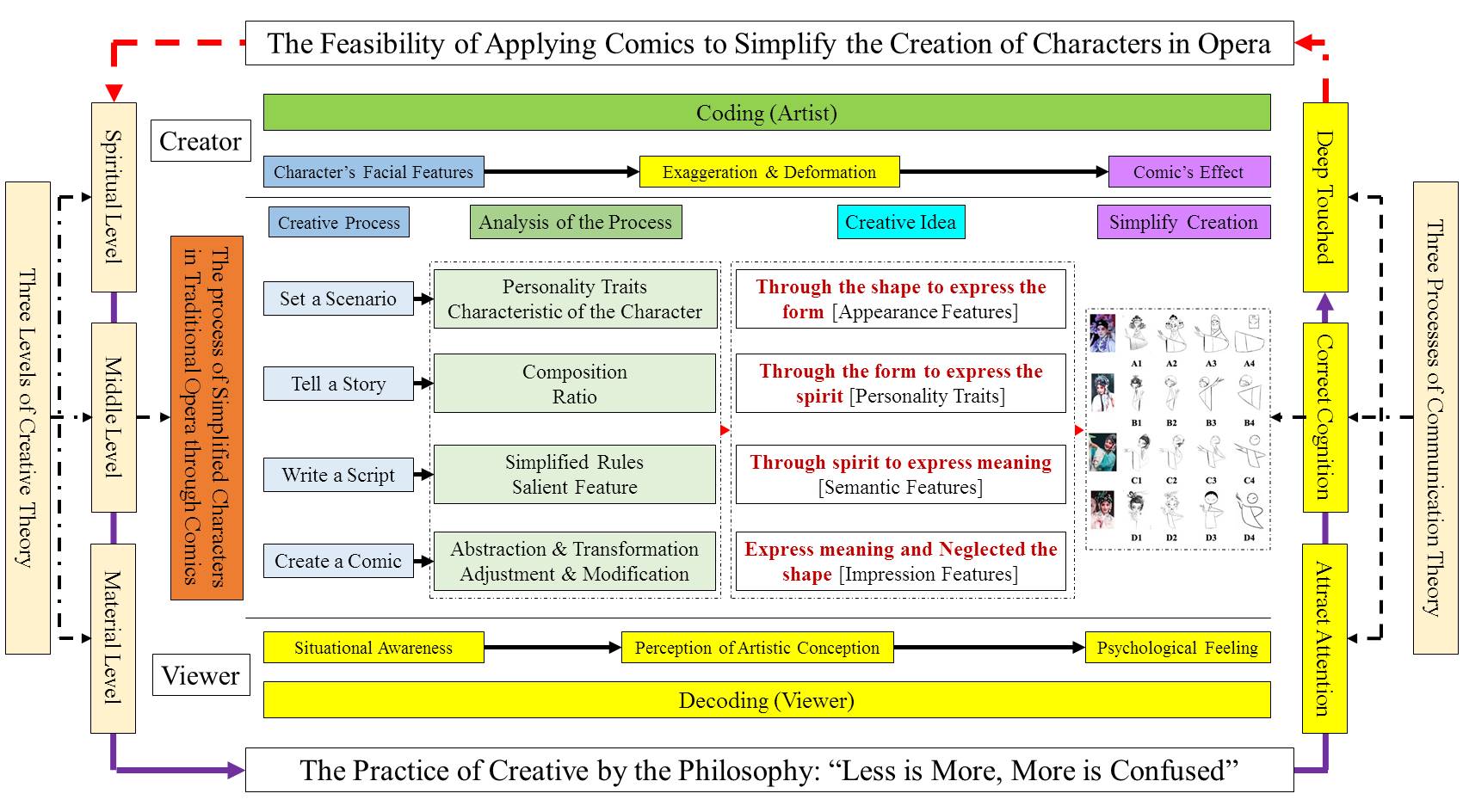1000/1000
Hot
Most Recent
This video is adapted from 10.3390/sci4010002
A simplified approach was used to determine if “Less is More” is still a trend in comics’ Peking opera characters. There were 225 website volunteers who took part in the study. Via a questionnaire survey and analysis, this study explored the feasibility of “simplification” in comedy. The results indicate that the proposed “simplifying” approach can be applied to the creation of dramatic characters, but the scale of simplification must be adjusted flexibly to suit different subjects. For audiences, there is not much recognition and sympathy for the works that are simplified in the extreme and the current symbolization. The simplification used in this study is merely the first step in testing the usefulness of simplification as an approach. It is used as a means of understanding the cognition of the audience to accept the simple features of Peking opera characters. In subsequent studies, the proposed “simplified” approach is necessary to adapt and improve with a view to practical application. It also requires an in-depth analysis of the cognitive differences of the different participants according to the cognitive and communication theories of artistic creation.
In short, the body language of opera characters has undergone hundreds of years of evolution, which contains a high level of refinement of beauty. In the creation of comics, in addition to the vivid depiction of the characters, the overall effect of the image and the aesthetic experience of the viewer must also be considered. It should let the audience feel the content of the external comic image, and at the same time, also taste the formal aesthetic feeling of the comic forms. For creators, it is necessary to choose an appropriate form to express opera elements so that the audience can comprehend the creative intentions of the creator. The simplification used in this study is merely the first step in testing the usefulness of simplification as an approach. It is used as a means of understanding the cognition of the audience to accept the simple features for Peking opera characters.
Further studies are needed. In subsequent studies, the proposed “simplified” approach is necessary to adapt and improve with a view to practical application. It also requires an in-depth analysis of the cognitive differences of the different participants according to the cognitive and communication theories of artistic creation (Figure 1).

Figure 1. The framework of future research (source: Lin, R.)